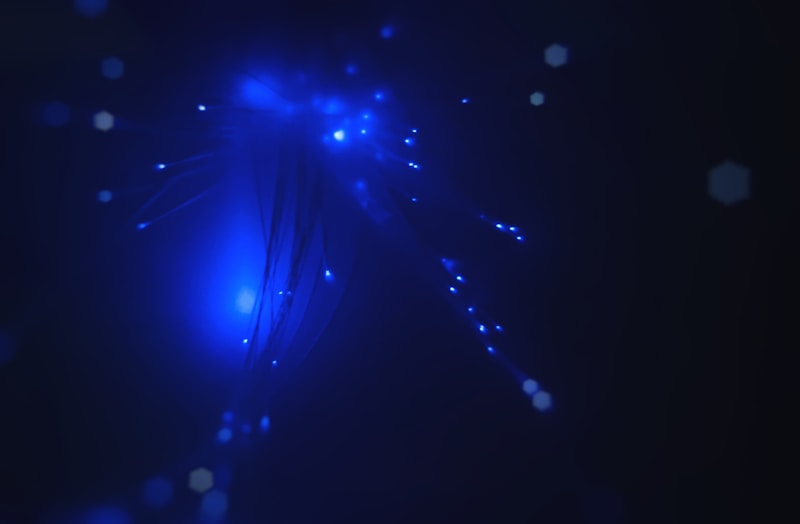Questions and Answers
What is the study of light behavior in relation to optical instruments and systems called?
Optics
Which property of light is essential in our understanding of how it behaves and interacts with the world around us?
Refraction
Which type of instrument is used for manipulating light by focusing, diffusing, and controlling its direction?
Microscope
What are some sources of light mentioned in the text?
Signup and view all the answers
Which component is critical in enabling technologies like cameras, microscopes, and telescopes?
Signup and view all the answers
What fundamental force of nature shapes our daily lives according to the text?
Signup and view all the answers
What term describes the process where light splits into its various colors when passing through a prism?
Signup and view all the answers
What is the phenomenon known as when light hits an object and bounces off in a different direction?
Signup and view all the answers
In what way does refraction affect light when it moves from one medium to another?
Signup and view all the answers
Which of the following laws states that the angle of incidence is equal to the angle of reflection?
Signup and view all the answers
Which component of light plays a crucial role in our ability to see things by enabling light to return to our eyes from objects?
Signup and view all the answers
How does dispersion affect light passing through a prism?
Signup and view all the answers
Study Notes
Light: An Overview of Its Essential Components and Properties
Light is a fundamental component of our daily lives, shaping how we see, communicate, and interact with the world. As we delve into the fascinating world of light, we'll explore its properties, such as reflection, dispersion, refraction, and the role of optics and light sources.
Light Reflection
When light hits an object, it can bounce off in a different direction. This phenomenon is known as reflection. The angle at which the light strikes the surface and the angle at which it gets reflected are equal, as described by the law of reflection. Reflection plays a crucial role in our ability to see things, as it enables light to return to our eyes from objects.
Light Dispersion
The splitting of light into its various colors, also known as dispersion, occurs because light travels at different speeds in different materials. When light passes through a prism, each color of light is refracted at a slightly different angle, resulting in a rainbow-like pattern of colors. This property has applications in rainbows, optical fiber communication, and raindrop displays.
Light Refraction
When light moves from one medium to another, its direction changes, a process known as refraction. The angle of incidence is equal to the angle of refraction, but the speed and direction of light change. Refraction plays a significant role in our eyesight, as it allows light to bend and enter our cornea. Refraction also causes the bending of light in lenses and prisms.
Optics
Light optics is the study of light behavior in relation to optical instruments and systems, such as lenses, mirrors, and prisms. These instruments are used to manipulate light in various ways, such as focusing, diffusing, and controlling its direction. Optics is essential in manufacturing products like cameras, microscopes, and telescopes.
Light Sources
Light sources generate radiation in the visible range of the electromagnetic spectrum. These sources include the sun, candles, incandescent light bulbs, fluorescent lights, and LEDs. The energy source for these light sources varies, from chemical reactions like burning fuel to electrical currents passing through gases or semiconductors. Once generated, light travels through space until it is absorbed, scattered, or reflected by objects in its path.
Summary
Light is a fundamental force of nature that shapes our daily lives. Its properties, such as reflection, dispersion, and refraction, are essential to our understanding of how it behaves and interacts with the world around us. Optics and light sources are critical components of our ability to manipulate and control light, enabling technologies like cameras, microscopes, and telescopes. As we continue to discover new applications for light and its properties, our world becomes increasingly illuminated by the wonders of science and technology.
Studying That Suits You
Use AI to generate personalized quizzes and flashcards to suit your learning preferences.
Description
Delve into the fascinating world of light as we explore its essential components and properties, such as reflection, dispersion, refraction, optics, and light sources. Learn how light shapes our daily lives and enables technologies like cameras, microscopes, and telescopes.




